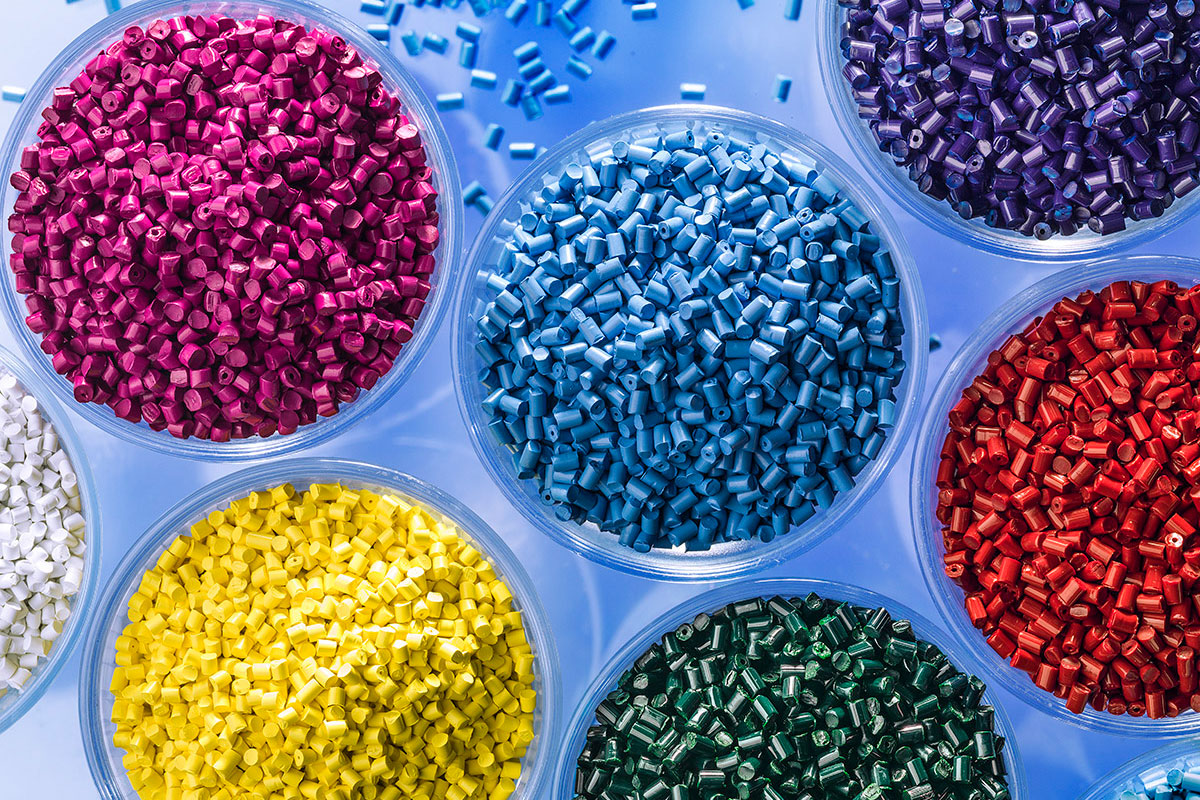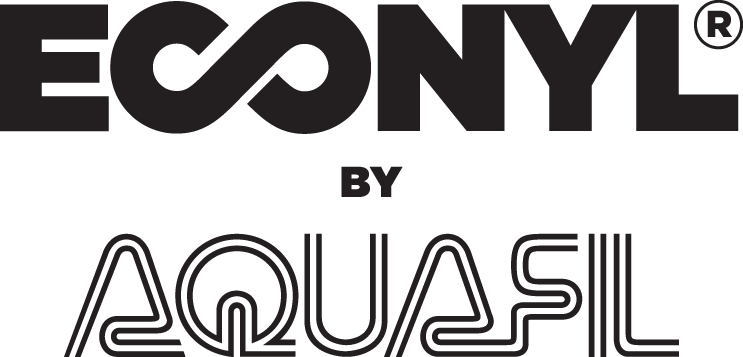Story at a glance:
- ECONYL nylon reduces the global warming impact of nylon by up to 90% compared with the material generated from oil.
- The regenerated nylon can be used in everything from colorful carpets to 3D printed objects to apparel.
- NeoCon 2023 will demonstrate some of the possibilities of ECONYL using 3D printing onsite.
Today’s designers are turning to ECONYL® nylon to solve modern design problems for a more circular economy. What started with inventive rugs has now expanded across flooring and into furniture, lighting, 3D printing, and even fashion, as more and more designers specify the innovative regenerated nylon.
“We try to find a way for designers to design products with the end in mind. Using ECONYL is a good start,” says Gaëlle Merlin, Aquafil’s design and development manager, based in the Italy headquarters.
ECONYL is made entirely from waste, is 100% recyclable, and offers up to a 90% reduction in global warming potential compared to standard nylon. Designers are increasingly turning to it to create incredible new designs—from carpet to chairs to handbags. “ECONYL is 100% regenerated nylon. We regenerate the product, so the quality and performance of the product is the same as standard nylon,” Merlin says.
Sustainably Minded

Photo courtesy of Aquafil
Many designers who’ve previously worked with ECONYL are already sustainably minded and choose to use the regenerated nylon in part for its recyclability.
“We offer the ingredient while also supporting the designers in rethinking the way they create products. For example, we might ask them to consider, ‘How can we make carpet with less ingredients and make it more recyclable?’”
In fashion ECONYL has been used by Napapijri to create a circular, 100% regenerable apparel collection. The Circular Series’ fillings and trims are made from Nylon 6, while its fabric is made using ECONYL’s regenerated nylon. The use of one material allows for an easier regeneration process—it can enter the system as it is—and fibers are regenerated without losing any of their original characteristic or quality, which means the ECONYL regenerated nylon can be remolded and recreated again and again.
“We are very happy to be part of the journey, but we can’t do it alone. We make the ingredients, and the designers will use the ingredient how they want,” Merlin says. “It’s a journey we have to go on together, and this collaborative partnership is part of what is interesting. While we can challenge customers and designers to reimagine the way they create products, they may also challenge us to go further and propose even more sustainable solutions.”
Inspiring Partners

Photo courtesy of Aquafil
The collaborative relationships don’t stop at customers. Through a recent partnership with German design school Burg Giebichenstein University of Art and Design Halle students were asked to design with the end in mind, creating a product out of one material.
“We like to work with the younger generation to educate them, to help them discover the product and understand where ECONYL comes from,” Merlin says. “We want them to understand Nylon 6 as well. It’s also a way to challenge us because they always come up with great questions.”
The emerging designers worked with both ECONYL yarns and ECONYL as a filament and were able to 3D print with the material, combining the ideas of soft and hard in one piece. The final designs ran the gamut from jewelry and small objects to hats and handbags.
Merlin says this year’s university project was exciting as it showed the continued possibilities in the world of 3D printing and was a fun challenge for students. “3D printing is something new for them, and the opportunity to work with the tool offered a lot of chances to experiment.” Most of the resulting projects were made using 100% ECONYL.
ECONYL by Aquafil will have a 3D printer in its NeoCon showroom to demonstrate just some of the exciting work happening with ECONYL, including some of the most recent students’ projects.
Design for the Future
Aquafil continues to get all types of requests for designs that could use ECONYL regenerated nylon. While the possibilities are truly endless, Merlin hopes designers continue to remember its wonderful potential for carpeting and rugs, too.
“3D printing is really exciting. It’s very new. We are at the beginning of it, seeing how it will evolve,” she says. “Historically ECONYL was initially used more for carpet and rugs, and I’m still very in love with this sector. I like to think carpets still have a future with ECONYL, too.”
As a designer working with ECONYL, she’s optimistic and looks forward to even more circular designs that use the regenerated nylon. “If you use ECONYL, just think of all the material going into carpet and how this can be regenerated. I hope people will continue to go back to this beautiful material with such beautiful possibilities.”


